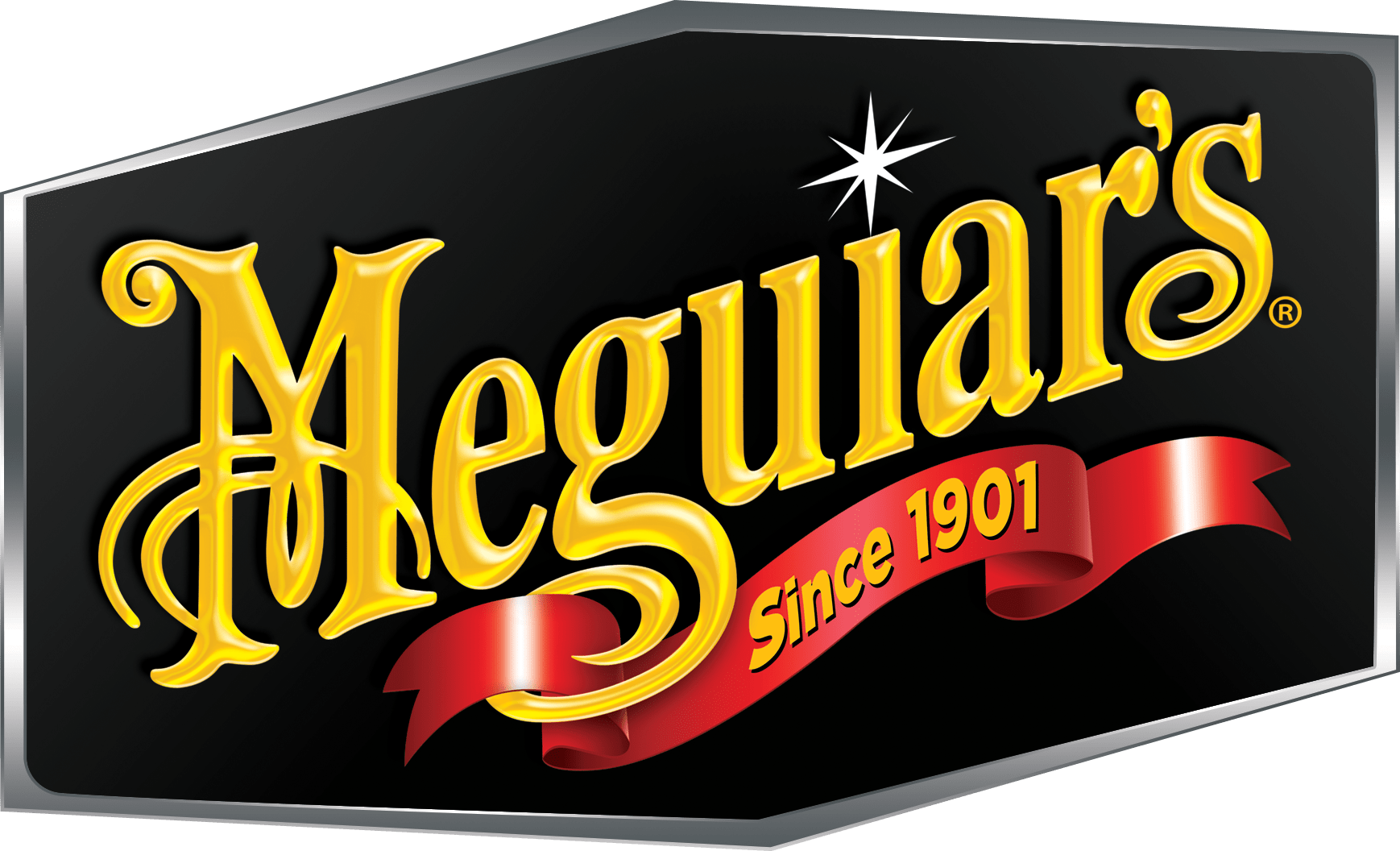Okay, I have the pictures at home (will post up tonight hopefully).
I did some work on my uncle's '95 Jeep Wrangler.
It wasn't in great shape, IE scratches, probably NEVER had a wax before, but it may have been slavageable.
Now...
Products used:
NXT car wash
Meguiar's chenille wash pad
Clay magic clay bar/lube
Tried some #83 with a 806 - that didn't cut it.
Tried some #1 with a 7006 - that was better.
Did the whole thing with #1 on a 7006, then applied #7 by hand, followed up with step 3 from the 3 step consumer line (carnauba wax).
I had a few questions:
Towards the very end of the detail, the #1 dusted up REALLY quick. Was this then, the appropriate time to change the pad? I only used 1 7006 pad on the wrangler (smaller vehicle anyway).
Now, this thing was flat SHINY after everything was done.
Now, I revisited the jeep a week or so later, and even though it had only rained (and it did bead up nicely when it rained)...after it dried up and the sun was shining, there were swirl marks However the paint was definitely still shiny!!
However the paint was definitely still shiny!!
Did I not use enough pressure with the #1 on 7006 pad? Should I have maybe used some #83 or #9 on an 8006 or 9006 pad before going to #7 by hand?
Just looking to create a longer lasting fix! thanks.!
I did some work on my uncle's '95 Jeep Wrangler.
It wasn't in great shape, IE scratches, probably NEVER had a wax before, but it may have been slavageable.
Now...
Products used:
NXT car wash
Meguiar's chenille wash pad
Clay magic clay bar/lube
Tried some #83 with a 806 - that didn't cut it.
Tried some #1 with a 7006 - that was better.
Did the whole thing with #1 on a 7006, then applied #7 by hand, followed up with step 3 from the 3 step consumer line (carnauba wax).
I had a few questions:
Towards the very end of the detail, the #1 dusted up REALLY quick. Was this then, the appropriate time to change the pad? I only used 1 7006 pad on the wrangler (smaller vehicle anyway).
Now, this thing was flat SHINY after everything was done.
Now, I revisited the jeep a week or so later, and even though it had only rained (and it did bead up nicely when it rained)...after it dried up and the sun was shining, there were swirl marks
 However the paint was definitely still shiny!!
However the paint was definitely still shiny!!Did I not use enough pressure with the #1 on 7006 pad? Should I have maybe used some #83 or #9 on an 8006 or 9006 pad before going to #7 by hand?
Just looking to create a longer lasting fix! thanks.!


























Comment